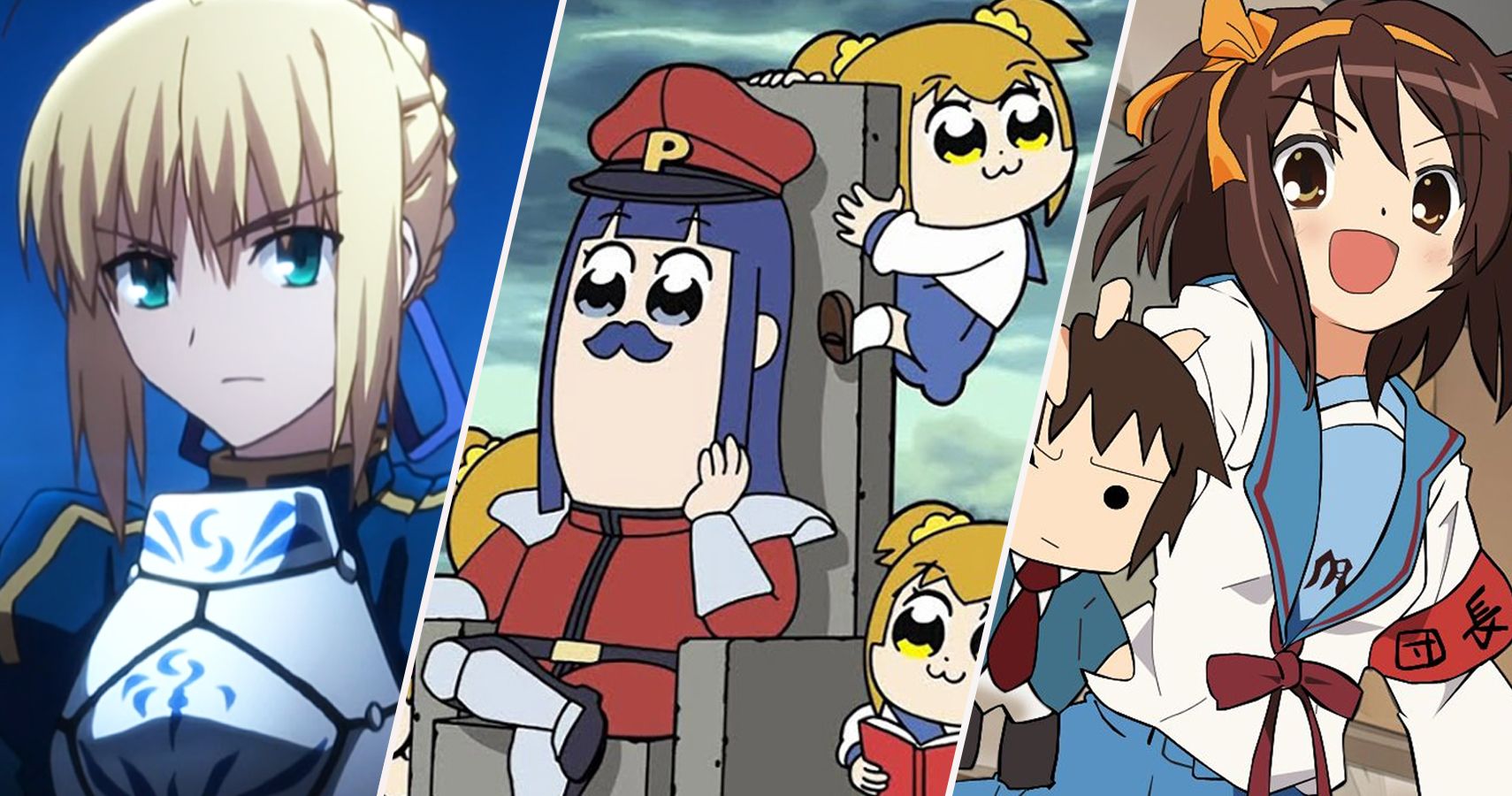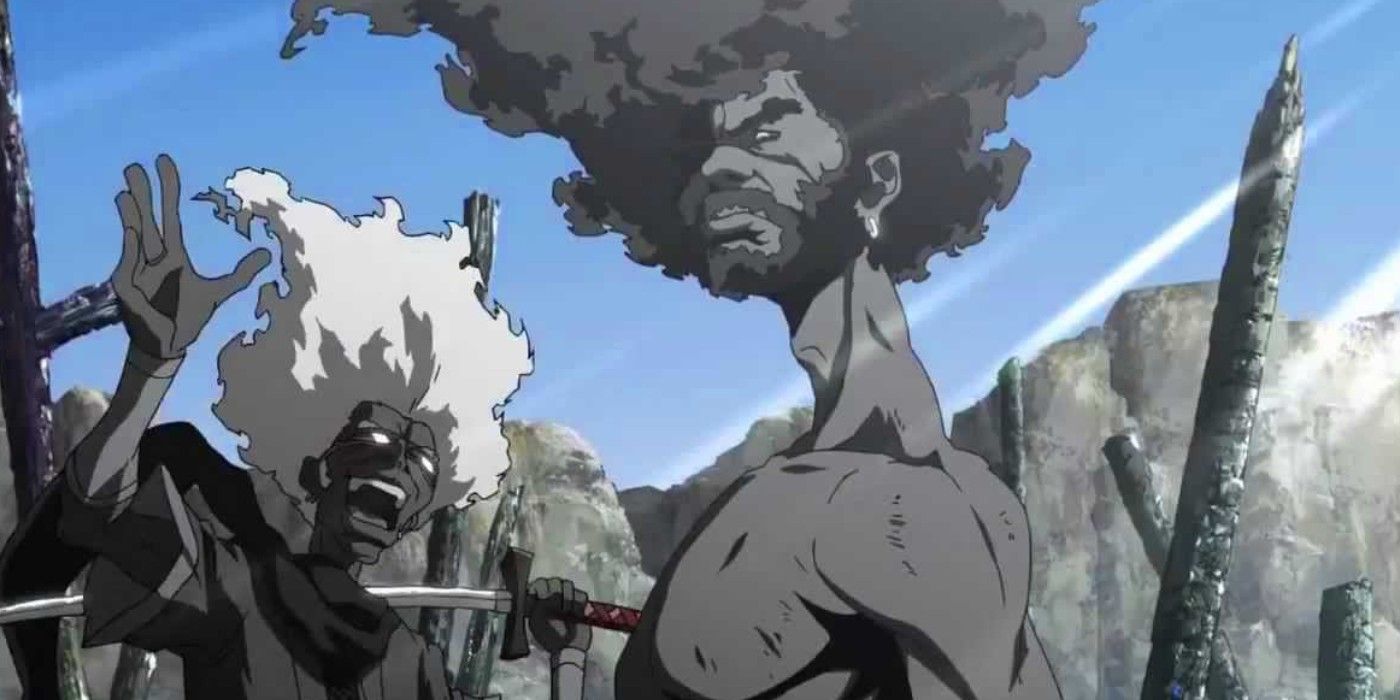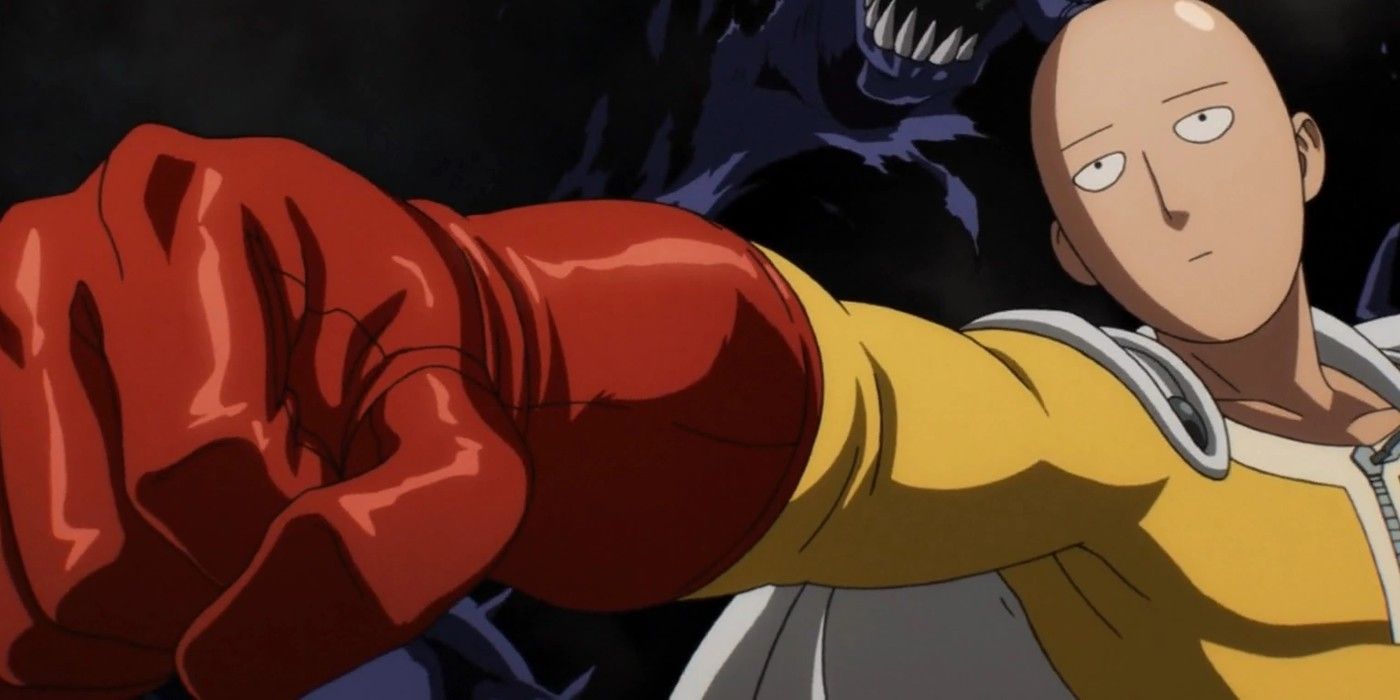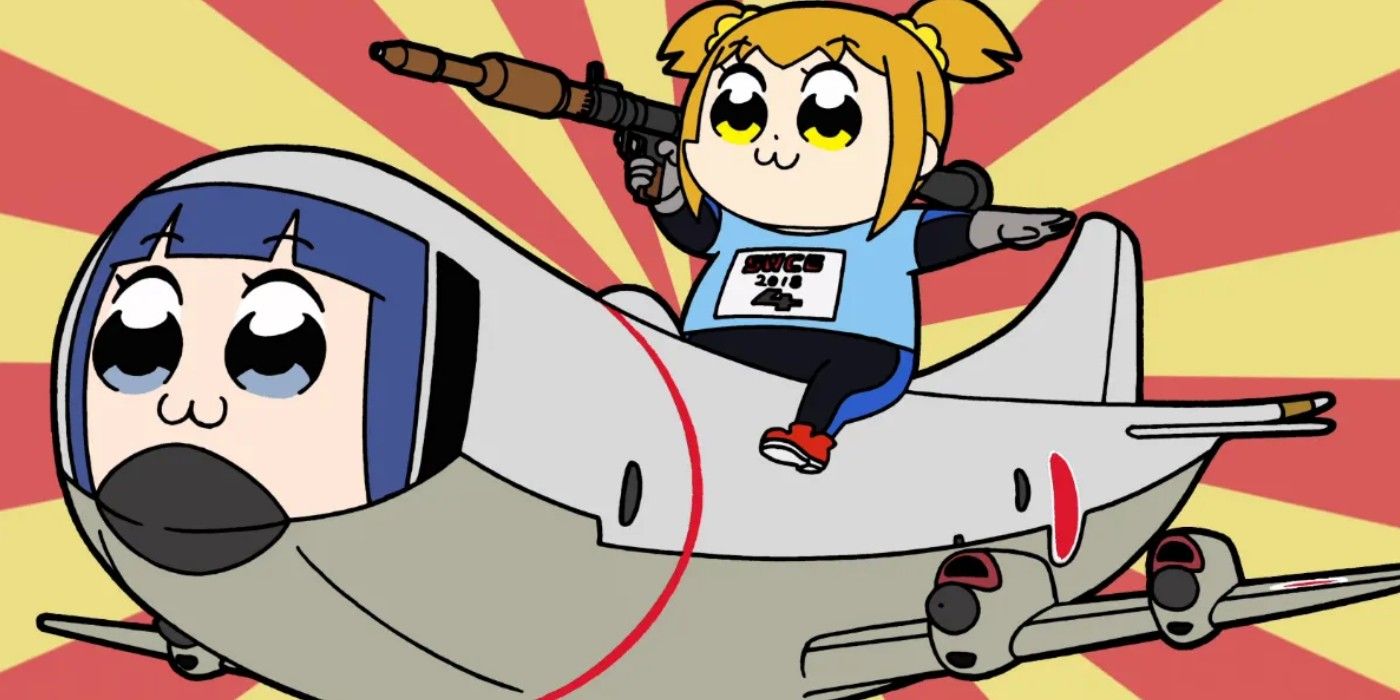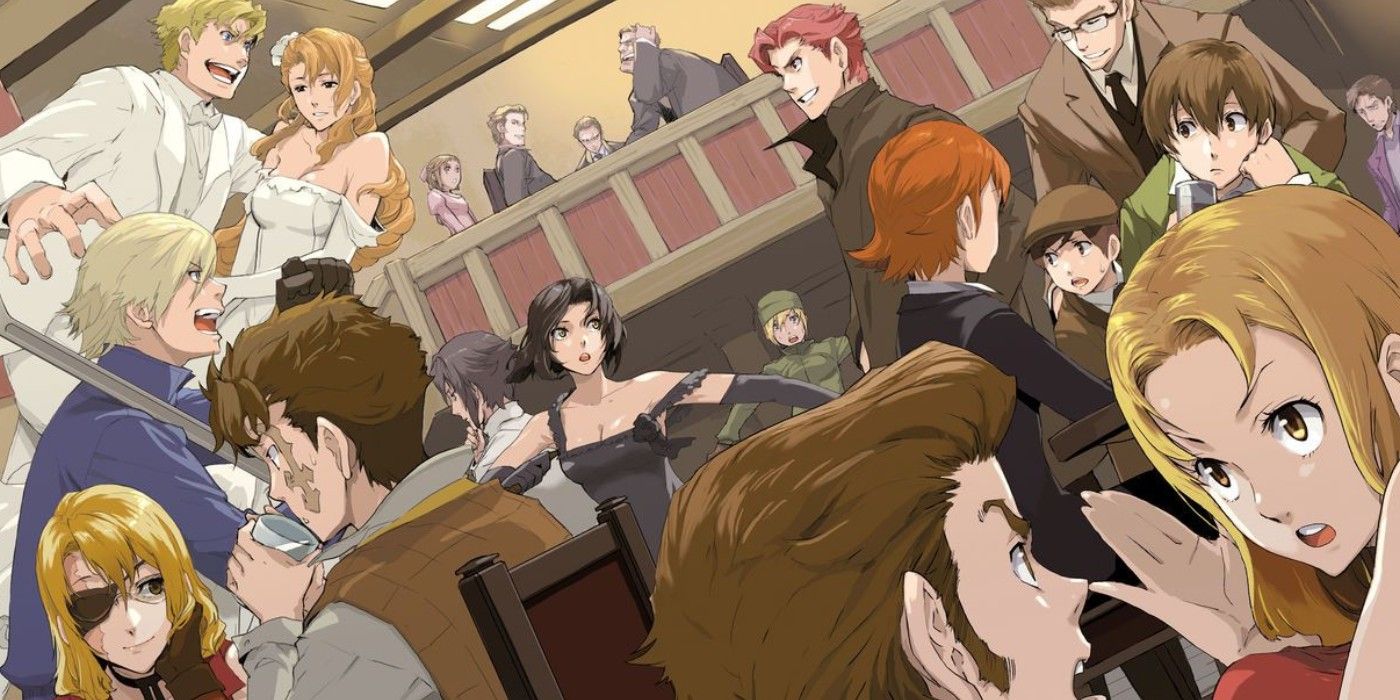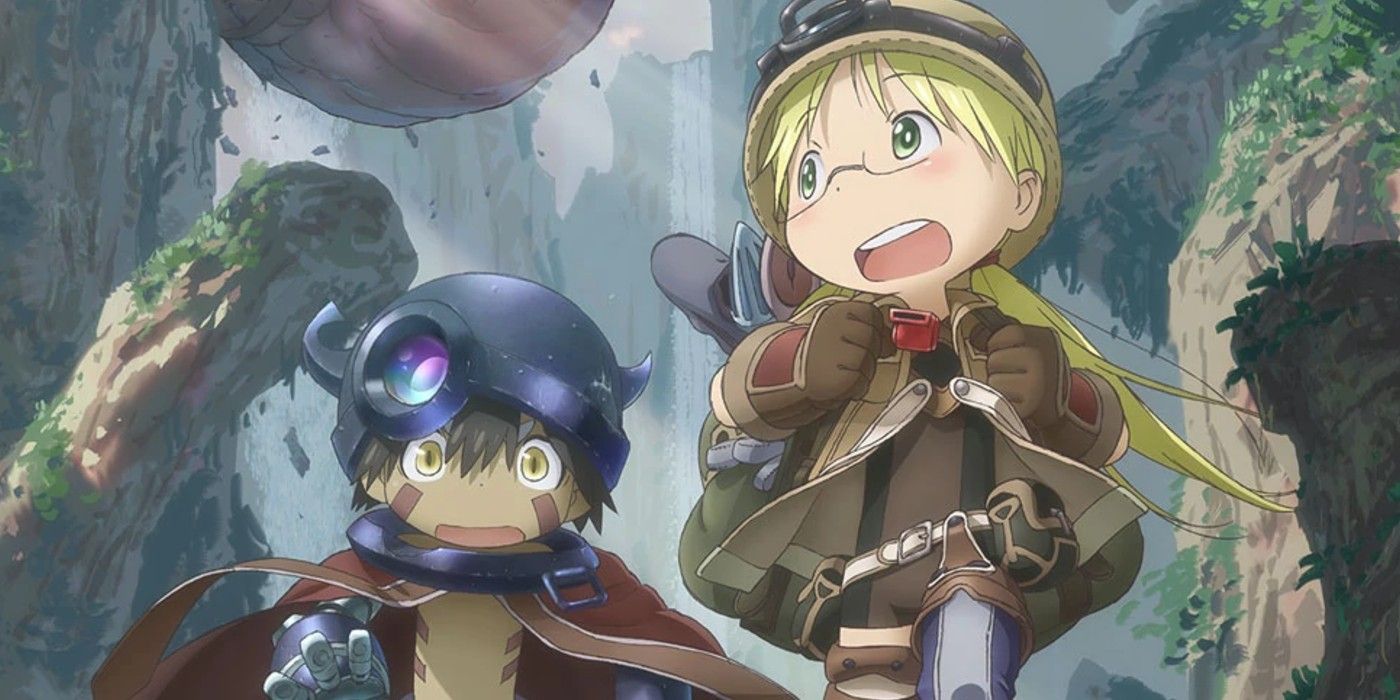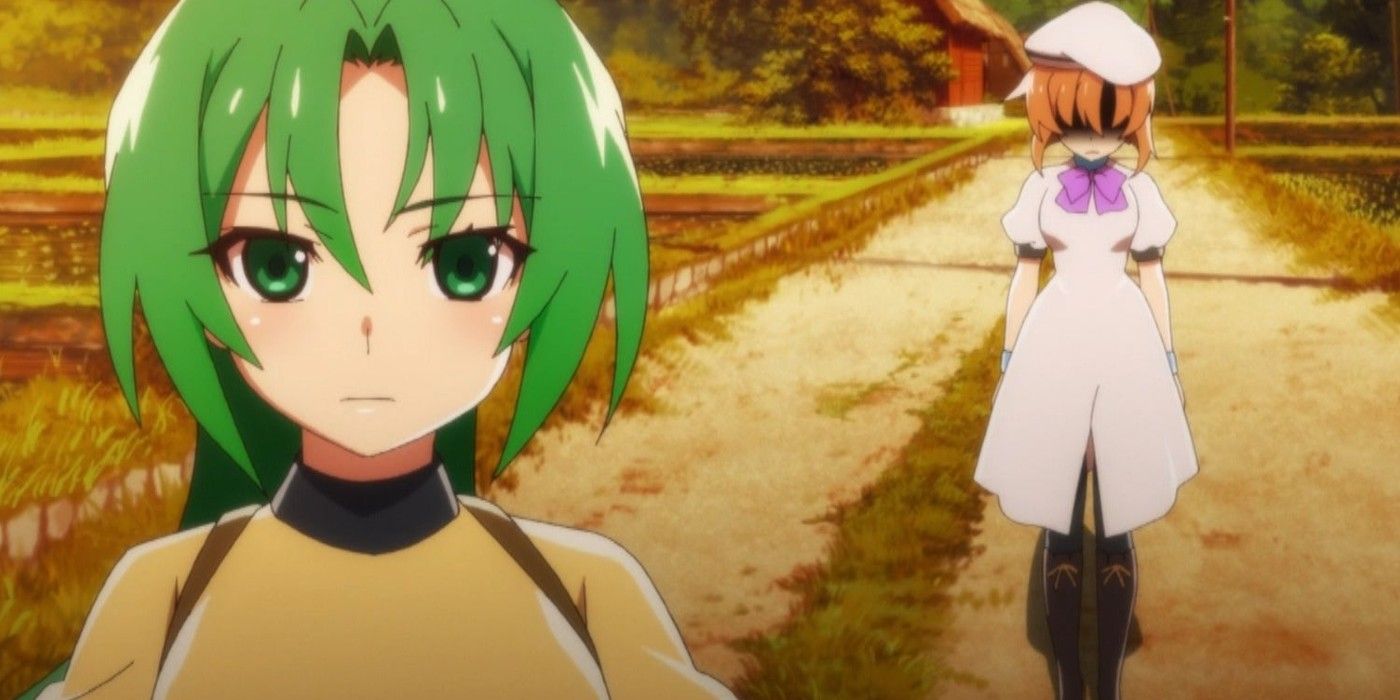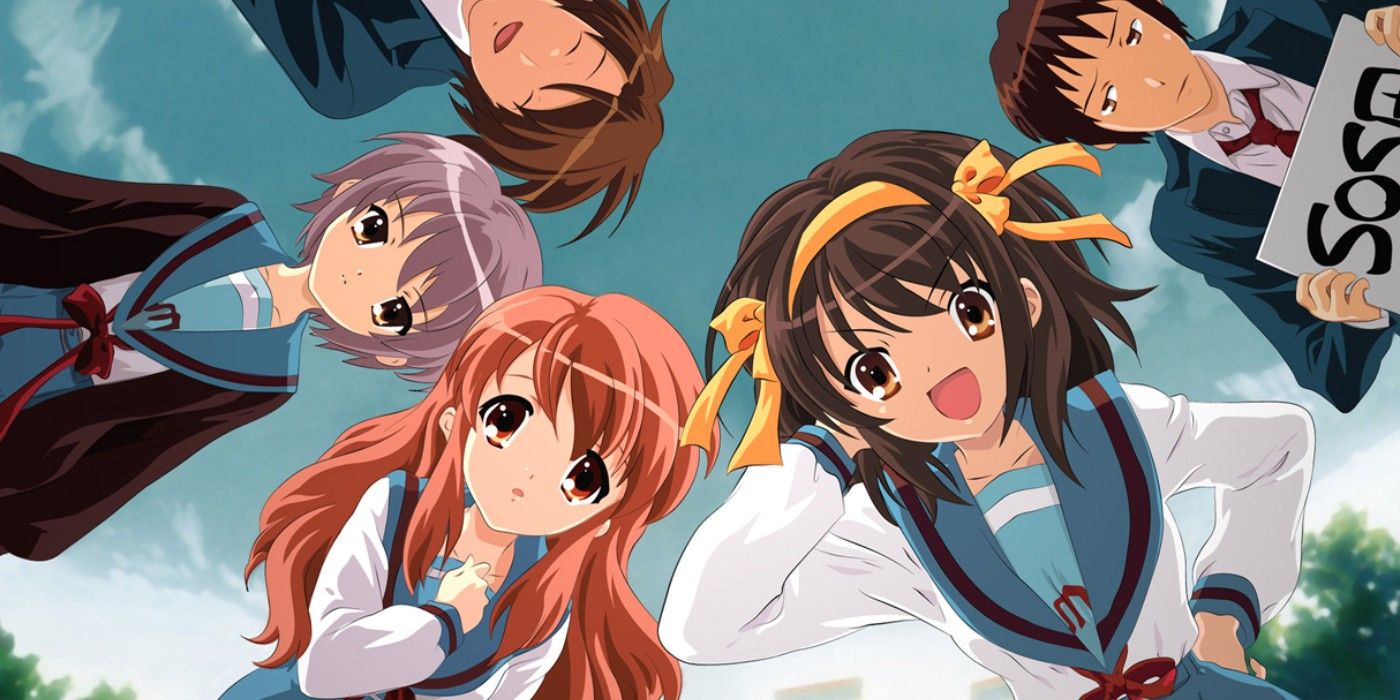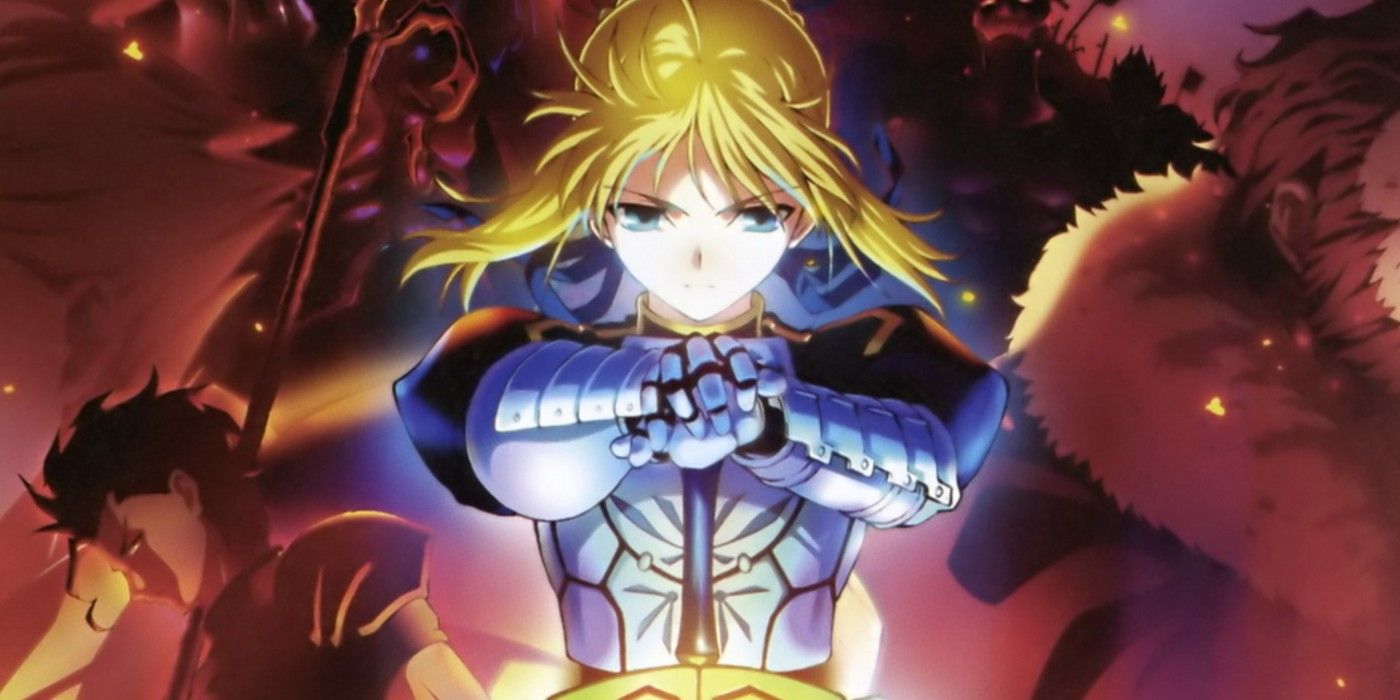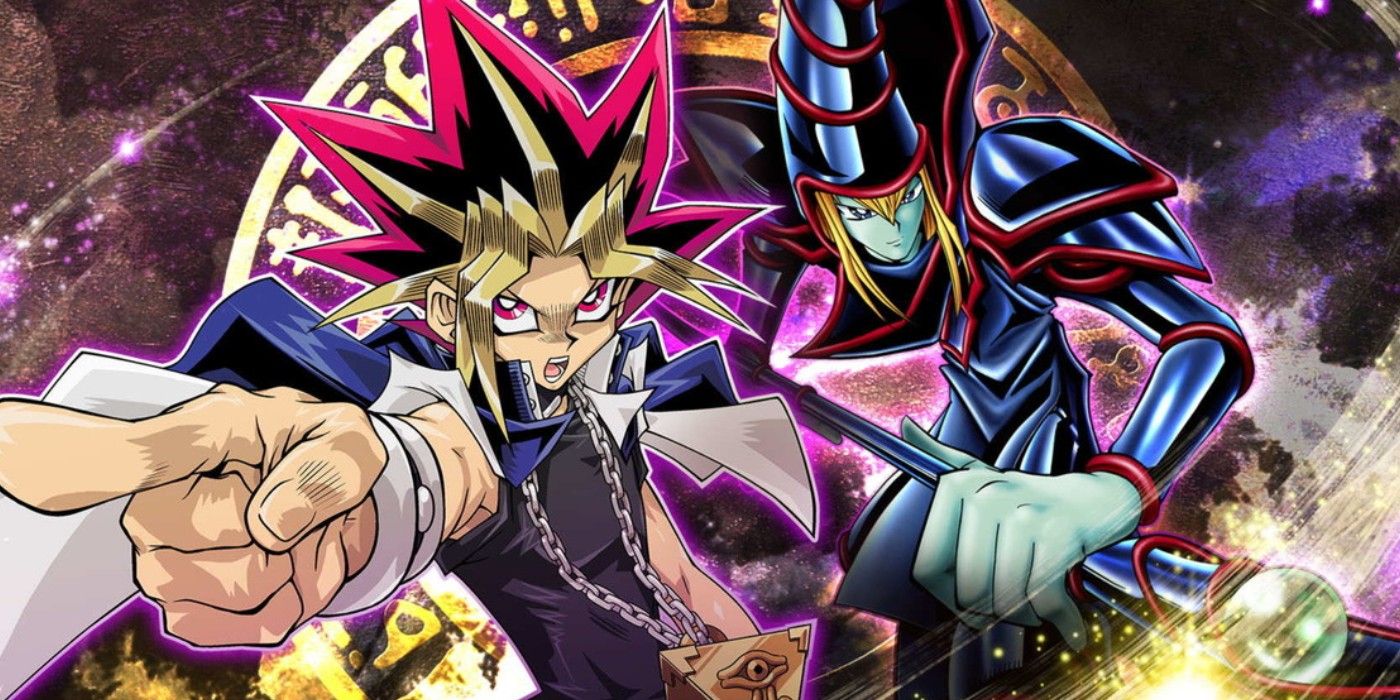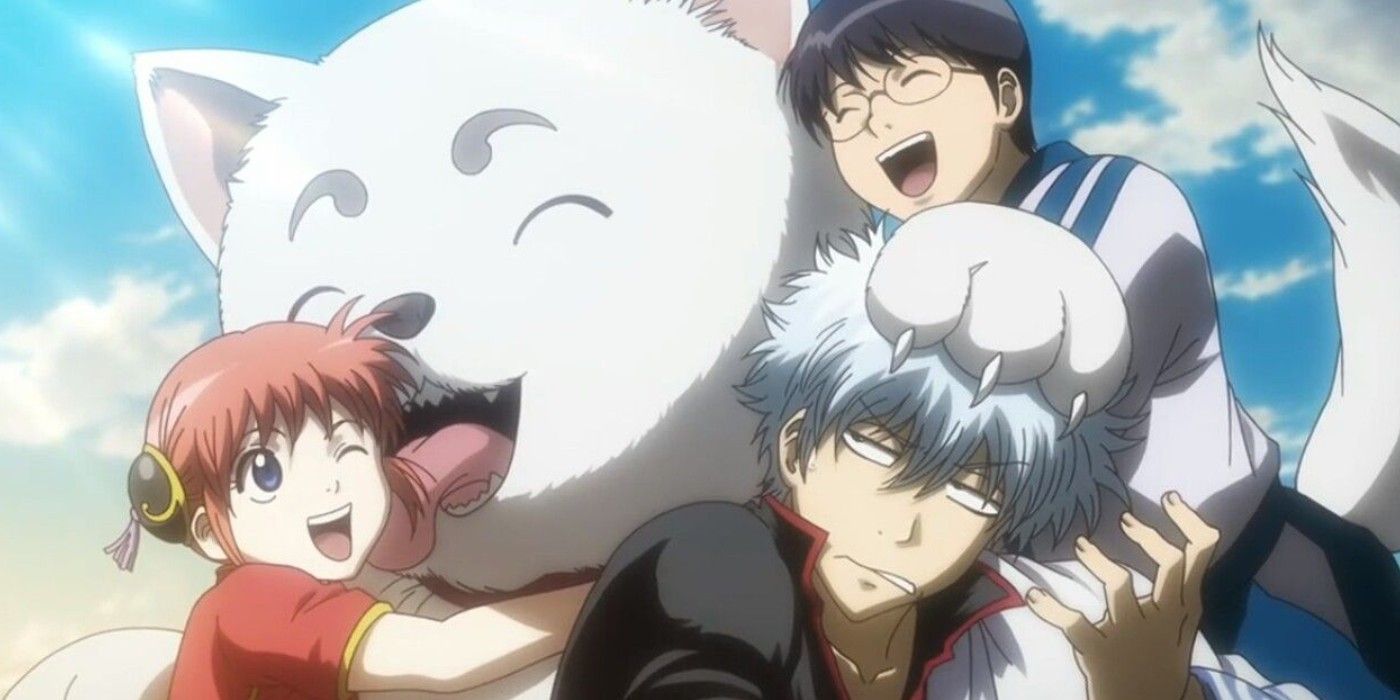Now and then, an anime is so good that it unintentionally fools audiences into thinking that it’s an original story made exclusively for the animated format. This can be a sign of praise for some, while others would see this as slightly since the source material was unfairly replaced.
By no fault of their own, these anime inadvertently made the manga, light novels, and games based on irrelevant – for both good and bad. While some of these source materials deserve a revisit, others are better left forgotten.
10 Afro Samurai
Afro Samurai is known as that ultra-violent Madhouse anime and movie that stars Samuel L. Jackson as the titular samurai and his friend Ninja Ninja. Many don’t know that Afro first saw life through a doujinshi (i.e., a self-published manga) that only escaped its underground status through sheer chance.
Takashi Okazaki created Afro Samurai to channel his love for American pop culture and hip hop music. A friend made action figures of Afro and the other characters for limited sales, and one ended up in the hands of a producer from Gonzo. This caught the studio’s attention, and the adaptation only gained more traction when Jackson saw a demo trailer and loved it so much he joined the creative collaboration. Ever since remaking the doujinshi, Okazaki has made the originals even more irrelevant than they already were.
9 One-Punch Man
This isn’t referring to the manga that the anime is primarily based on, but the webcomic that came before it. Originally, Saitama's uneventful punching saga was a self-published comic created by ONE. The hand-drawn comic had a scrappy charm that garnered a cult following Eyeshield 21 artist Yusuke Murata, who offered to redraw the comic and help get it published.
The collaboration caused waves, leading to the critically acclaimed anime from Madhouse and, by extension, the adaptation of ONE’s Mob Psycho 100. Today, One-Punch Man is commonly known as being based on one and Murata's manga rather than the original webcomic. That said, the webcomic lives on as a source of memes and reaction images.
8 Pop Team Epic
Pop Team Epic is basically the final form of borderline-nonsensical meme humor, but it was comparatively tamer when it started. Originally, it was a silly yonkama (i.e., four-panel comic) that chronicled Pipimi and Popuko’s antics and occasional parodies. The anime adapts the comics’ famous gags, but it took things to previously unattainable heights.
Pop Team Epic benefited immensely from its newfound sketch comedy format, which added new and more elaborate skits, experimental animation styles of all kinds, live-action segments, and a rotating cast of Japan’s most famous voice actors. The official English dub did the same and was fittingly broadcast on Adult Swim.
7 Baccano!
Given its nonlinear chronology and tons of characters, it was obvious to some that Baccano! was based on a dense light novel series, but this wasn’t common knowledge for the longest time. Baccano! was a success in its 2007 debut, but English translations were made available in 2015. By that time, almost everyone thought Baccano! was an original anime that was vaguely connected to Durarara!! – which was created Baccano! author Ryohgo Narita, as well.
One of the biggest differences between the anime and novels is that the latter provides more adventures and epilogues for the characters (some of whom were left out of the anime) long after the anime’s Prohibition Era setting. But given how complete Baccano! already is, some fans see these additions as unnecessary, if not wholly negative.
6 Made In Abyss
As far as anime fans are concerned, Made in Abyss is a sight to behold. The anime is a celebration of artistic excellence, boasting amazing animation, direction, voice work, and writing. While loyal to its source material, Made in Abyss is widely considered an improvement over the manga.
There’s only so much a manga can do to realize a certain atmosphere or dramatic moment, which are things the anime excels in. Thus, some fans feel that the anime and movies are all they need to get into Riko and Reg’s adventures. Not helping matters is that the manga is somewhat notorious among Western fans due to its jarringly crass humor and disturbingly suggestive artistic depictions of underage characters.
5 Higurashi: When They Cry
These days, the words “no naku koro ni” (or “when they cry”) are synonymous with the infamous early 2000’s anime that merged cute anime girls with blood-curdling torture and existential horror. Higurashi: When They Cry was so popular that it enjoyed a remake/sequel last year in Higurashi When They Cry – Gou, even if it was originally just a small part of a larger picture.
Higurashi was only the first part of the No Naku Koro Ni visual novel franchise, followed by the murder/mystery Umineko and the action-packed Ciconia. Only Higurashi achieved wide success on its own, allowing it to act as a standalone property where foreknowledge of the original visual novel, its successors, or even the franchise as a whole was optional for enjoyment and/or terror.
4 The Melancholy Of Haruhi Suzumiya
The Melancholy of Haruhi Suzumiya is unique because its highly influential anime supplanted two source materials, namely light novels and manga. It just so happened that the novels were translated and sold after the anime dominated the airwaves, confusing people as to which came first. As for the manga, Haruhi’s publishers at Kadokawa Shoten would prefer to act like it never existed.
When the anime hit it big in 2006, Kadokawa reprinted the 2005 run instead of the original one from 2004. This was because aside from its frankly terrible art, the artist was caught selling unauthorized Haruhi hentai doujinshis. He was fired, and Kadokawa buried all records of his Haruhi work. The 2004 manga has only one volume and will most likely never be reprinted or exported.
3 Fate/Stay Night
A fact of life in the anime community is that no one can fathom the entire lore of the gargantuan Fate/Stay Night franchise. Aside from having countless standalone games, light novels, series, and movies that each have their own continuities, the anime changed so much from the original visual novel that it’s now a different beast altogether.
Previously, Fate was a hentai game. Its anime adaptations, instead, are action-packed fantasies. The base premise remained, but the genre shift altered the characters’ relationships, interactions, and final fates. Sealing the deal is that newcomers are often told to start with Fate/Zero instead of the visual novel, which only hardcore fans and completionists remember.
2 Yu-Gi-Oh! Duel Monsters
Yu-Gi-Oh! Duel Monsters is famous for its so-bad-it’s-good localization and the abridged series it inspired. Believe it or not, the original Yu-Gi-Oh! Manga and anime have more in common with Saw than with its more well-known adaptations. That, and it didn’t even start as a children’s card game. Originally, Yugi is possessed by a sadistic unnamed pharaoh whenever his life is endangered. The pharaoh entraps Yugi’s tormentors in deadly games, with the eponymous Duel Monsters (here called “Magic & Wizards”) card game being only one of many.
The Yu-Gi-Oh! reboot (made distinct with the Duel Monsters subtitle) that eventually turned into a bona fide franchise focused solely on the card games, eventually overshadowing what fans dubbed Season Zero. The latter’s scarcity of physical media further enabled this displacement.
1 Gintama
Generally, Gintama is faithful to its manga. That said, the anime changed and added a lot and has long surpassed the manga in popularity and relevance. As a manga, Gintama is a wacky action-comedy starring the part-time odd jobbers/slackers Gintoki, Shinpachi, and Kagura. Meanwhile, the anime is an absolutely bonkers gag show that just so happens to have an overarching plot.
The main trio skewers everything from whatever's popular at the moment, the medium of anime itself, and current events while dialing the manga’s jokes to eleven. Gintama is better known and loved as an unapologetically insane comedy anime, and this will be the case up until its end – assuming that Gintama: The Final isn’t another elaborate joke, of course.

